
2011-05-10 · Search titles only By: Search Advanced search
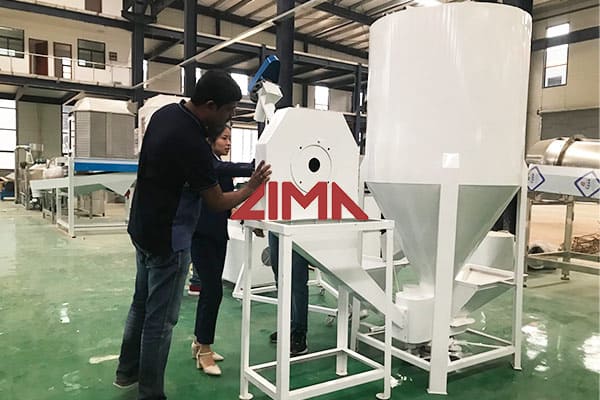
2012-12-01 · Sample-collection procedure. A multistage sampling procedure was used for selecting the ultimate sample of the laying hens. In total, 62 layer farms were selected purposively from

FEEDING OF LAYING HENS Feeding systems: 1-Whole grain method 2-Grain & mash 3-All mash: fed at first 8W 4-Wet mash feeding (more palatable) 5-Pellets • With grain fed must used insoluble grit • Also fresh green feed is fed to poultry. 48.
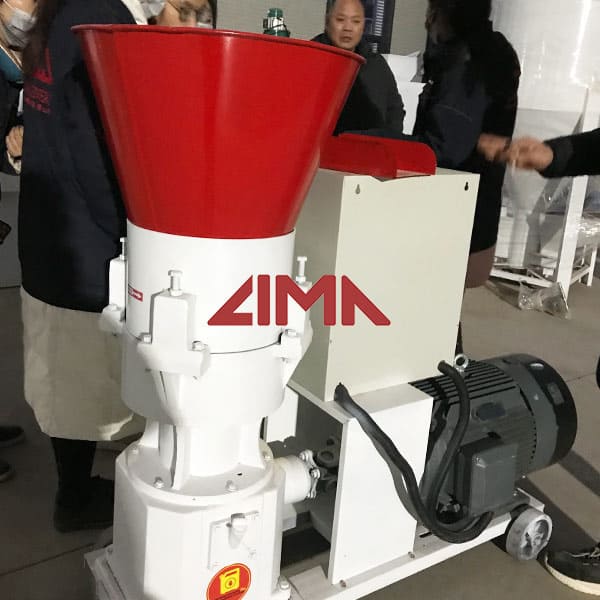
An outbreak of a disease associated with the presence of T-2 in moldy barley was observed in poultry (ducks, geese). Lesions in the geese included necrosis of the mucosa of the oesophagus, proventriculus, and gizzard. (Greenway & Puls, 1976). T-2 toxin reduces feed intake, body weight, egg production and causes oral lesions (Wyatt et al., 1975).
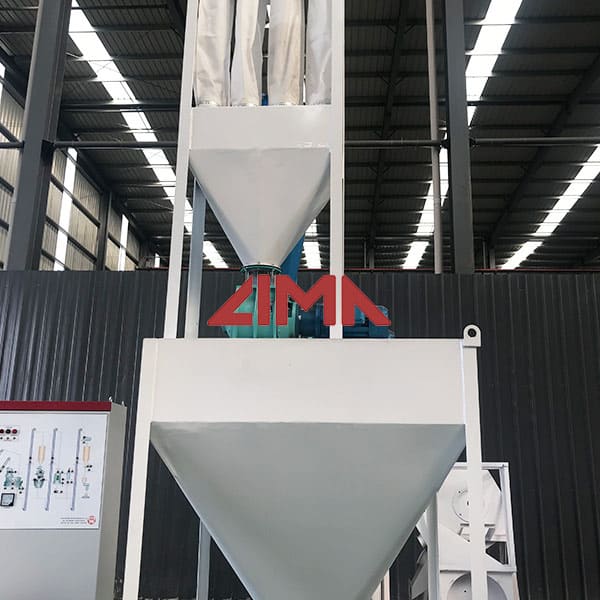
2012-10-12 · We have 30 laying hens, most are about 2 years old. Mainly production rhode islands, all rescues/hand me downs :). Unfortunately where we live we cannot free range. The run is about 6000sq.ft. With some trees and underbrush. Due to the fact that they do not free range, we supplement their diet

2020-07-24 · In broilers, wet feeding improved the feed intake, body weight, and weight of the GI tract [47,48,49]. In laying hens, feeding of wet feed during the high temperature increased dry matter intake, egg weight, and egg production . Although this approach was found to have beneficial effects in heat-stressed birds, it is less common among poultry

2018-01-01 · Commercial poultry production has changed since the 1950s. Genetic selection has resulted in two different types of commercial poultry, meat and egg-laying birds. Production systems for meat birds (chickens, turkeys, and ducks) are similar in their configuration and management, although there are some differences due to the species being grown
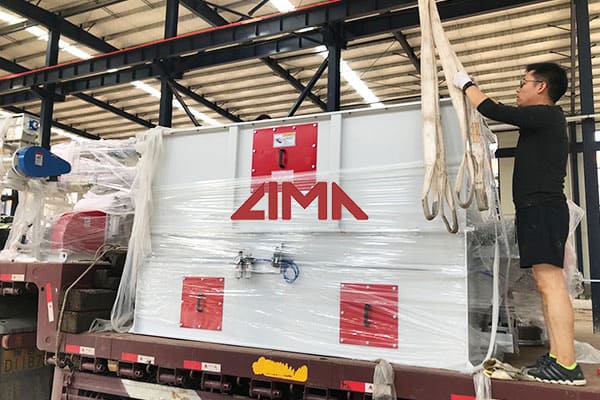
High-quality silage can provide nutrients for the hen and encourage natural foraging behaviour, thus reducing the risk for feather pecking. Growing protein-rich silage helps increase self-sufficiency and improve the crop rotation of the organic poultry farms. Practical recommendation • Choose the silage type(s) that provides the best yield and quality, depending on soil type and
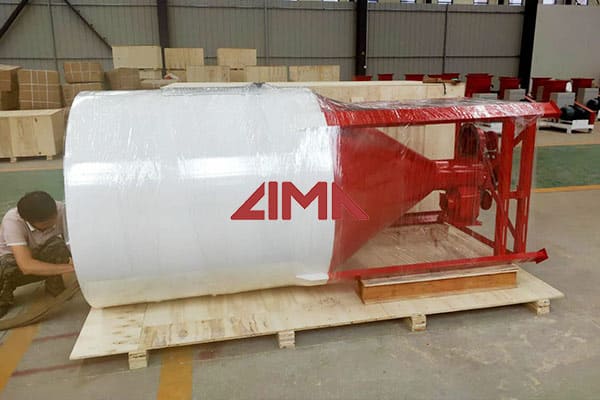
The advantages from feeding duckweed to laying hens lies in its use as a source of pigment to make eggs more attractive to consumers; also a very good source for minerals besides decreasing feed cost. Duckweed can represent an important dietary protein source to replace SBM, especially in countries like Jordan where imported SBM is expensive, and corn and soybean meal are the
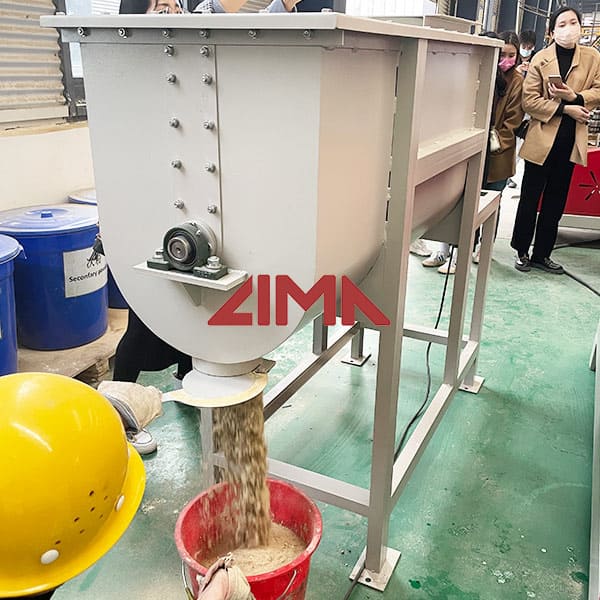
Abstract Celebi, S. and Macit, M. 2009. Effects of feeding tallow and plant fat to laying hens on performance, egg quality and fatty acid composition of egg yolk. J. Appl. Anim. Res., 36: 49–52. To determine the effects of sources of supplemental fat 200 Isa Brown layers were equally divided in 5 groups and assigned randomly to be fed ad libitum a standard commercial layer feed (BD), BD+

2016-11-01 · The layer feed is usually about 15% to 16% protein, which is the minimum amount needed for egg production. But it's not enough for birds that are growing, or molting. Also, if you free range, or give treats frequently, you risk protein deficiencies which can lead to egg eating and feather picking. And the high calcium levels can be seriously damaging to the kidneys of non

The pre-weight of laying hens is a headache for managers. The interval feeding method will solve this problem very well. In the middle stage of light brood, the operation method is basically the same as commercial broiler. To the incubation period of light time fixed, you can stop at noon for 2-3 hours, the chicken has a rest, the process of

2021-08-26 · China Henan Silver Star Poultry Equipment Co.,LTD latest company news about Feeding method for laying hens/layers.

2022-01-22 · Obviously commercial chickens and and J.M. Vandepopoliere (1991) Influence of wet and dry feed on laying hens 2010-05-26 · TECHNICAL GUIDELINES FOR LAYER CHICKEN FARMING breeding and feeding. suitable for raising laying hens include requirements for Research: Feeding Peas to Poultry. laying hens can be fed 40% peas and have the same performance as

2017-12-27 · Toxicity of mycotoxins on the health of the hens. 1. Gastrointestinal lesions. Cyclopiazonic acid and trichothecenes (T-2 toxin, HT-2 toxin, deoxynivalenol, monoacetoxyscirpenol and diacetoxyscirpenol) are irritating and produce lesions in different parts of the gastrointestinal tract, leading to decreased feed intake, impaired FCR and presence